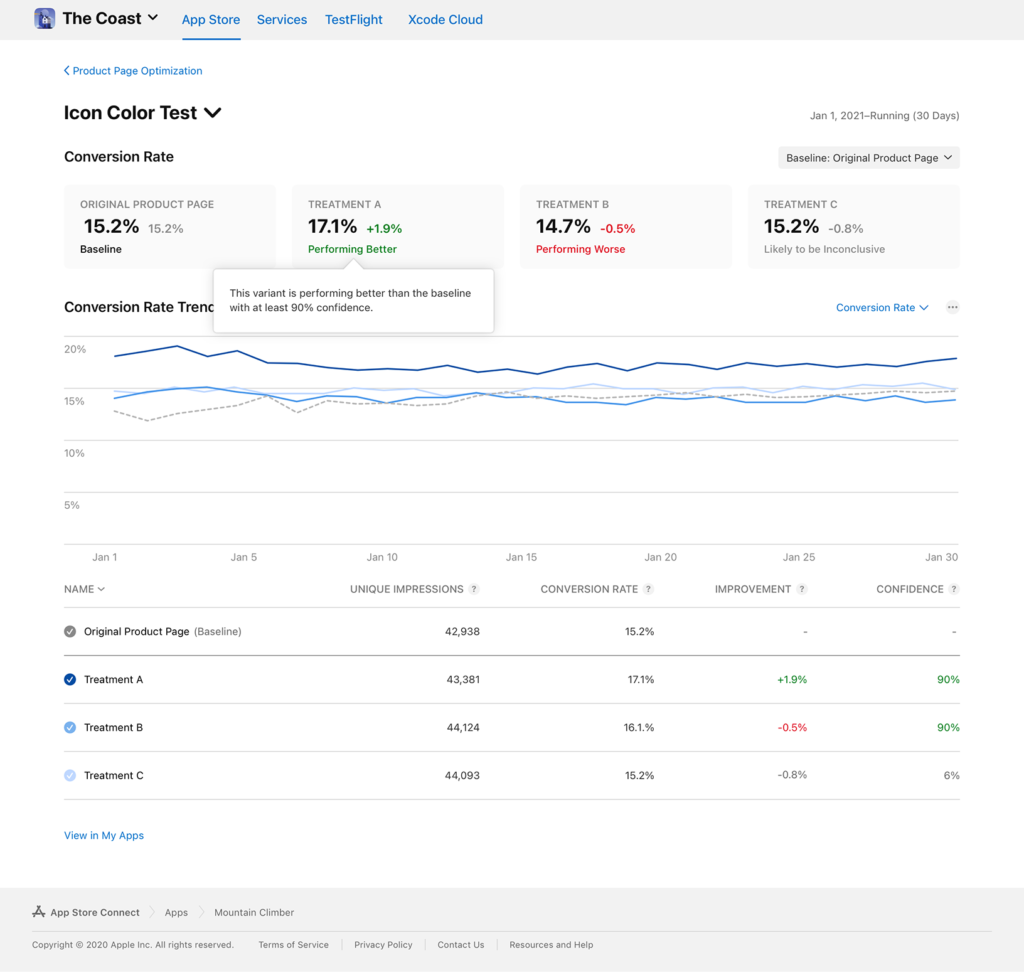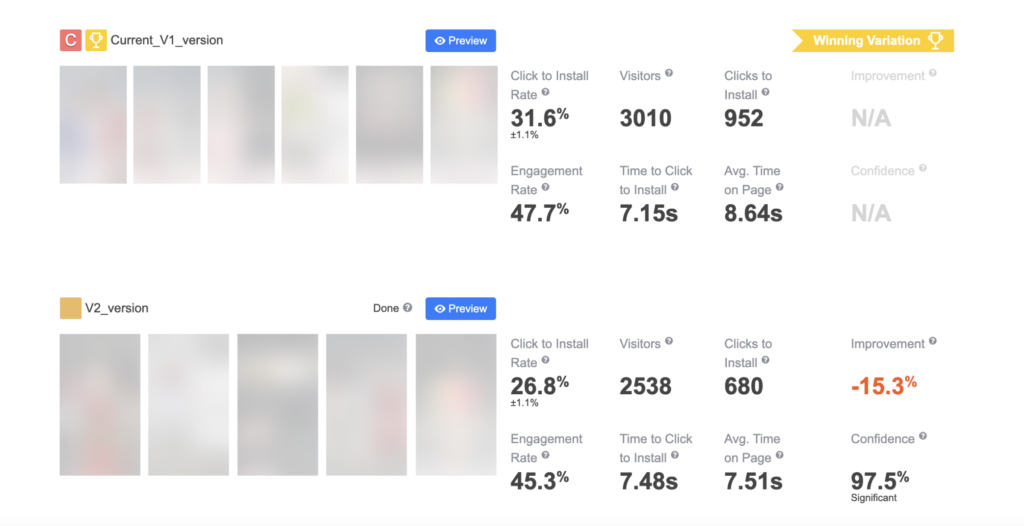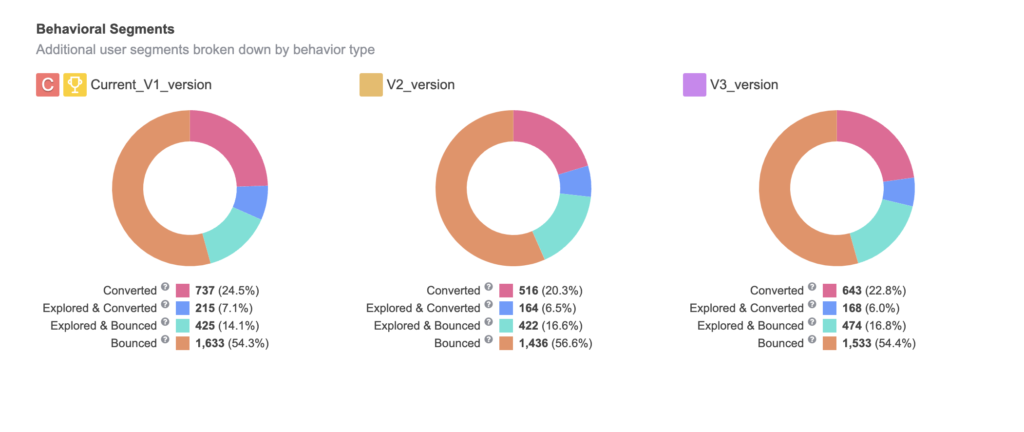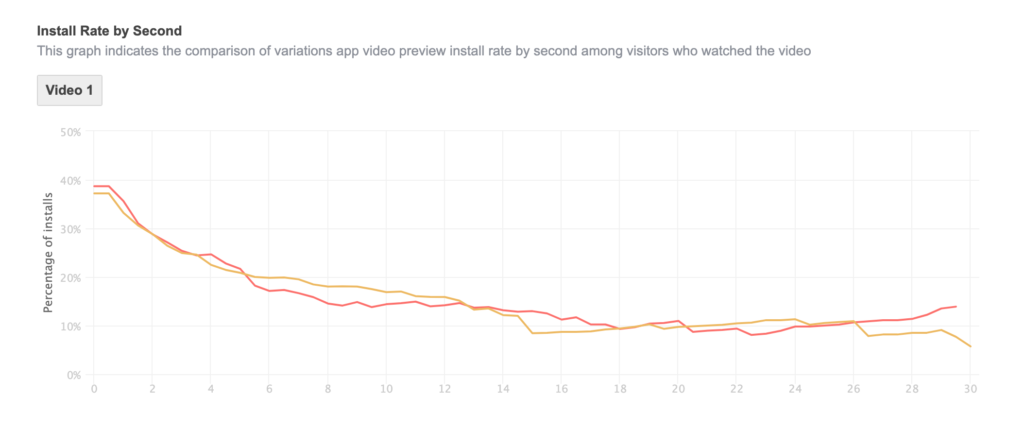Custom Product Pages & Optimization: What to Test + SplitMetrics’ Role
 Lesia Polivod
Lesia Polivod  Lesia Polivod
Lesia Polivod In this article, we will shed some light on how to effectively use custom product pages for marketing campaigns, on the difference between custom product pages and product page optimization, and will also share some cases.
Want to learn more about custom product pages along with product page optimization and new opportunities for mobile marketers? Read our article Custom Product Pages are Live. What’s Next with Mobile A/B Testing?
For a long time, publishers and marketers have been facing the challenge of testing different value propositions with specific content: a set of screenshots, video previews, and promotional text for their apps. Eventually, we have this opportunity to make the most relevant paid ads for different audience segments with iOS 15 custom product pages.
This new functionality is designed to help mobile marketers manage custom product pages most efficiently. It’s not a secret that more relevant content has a direct positive impact on the conversion rate. As a result, you can significantly increase your revenue.
iOS 15 custom product pages can be beneficial for diverse app categories and localizations.
Each page can have a different promotional text, screenshots, app preview, and a unique URL to land users to the relevant product pages. Here are some practical examples of what you can test with the help of custom product pages.
For instance, you can use custom product pages for purchase optimization. Get to know which specific theme and custom product page brings you more conversions for the most attractive price — test different value propositions based on audience interests and your hypothesis.
This approach is more relevant for the gaming industry and is similar to the semantic-based approach for generic campaigns in Apple Search Ads, Try more precisely targeted advertising options and customize product pages for different audience groups.
Examples of segmentation:
If you’re a game publisher, you can divide your users according to their personality or play styles: those who play to relieve stress, those who’d like to immerse themselves in another world, the ones who strive for defeating others in competition and more. Each type of gamers has their own specific needs and goals they pursue.
The right segmentation and relevant value could streamline your conversion rate in a way that brings more revenue and ensures higher ROAS.
With custom product pages, you can also optimize your ads for specific markets, taking into account mentality and cultural differences. Adjust your App Store product page that highlights a feature or specific content to a certain country or region. Custom product pages are fully localizable.
“What sews nicely in one culture may cut in another. But with a little effort and creativity, you can find many ways to encourage and learn from alternative points of view while safeguarding valuable relationships.” ― Erin Meyer, The Culture Map: Breaking Through the Invisible Boundaries of Global Business
As each ad group in Apple Search Ads basically focuses on a common keyword theme or strategy, you can test different themes with custom product pages for each group. It can be applied to the gaming industry as well as the photo & video app category, health & fitness, productivity, and many others.
Want to learn more? Read our recent article How to Make the Most of Ad Variations using Custom Product Pages.
Before starting with this new feature, we highly recommend thinking about your overall acquisition strategy and plans. What’s your audience and possible segments and how would you diversify your value propositions to segments? It’ll help you to build a more comprehensive view of your paid UA strategy with custom product pages and experiments.
As we mentioned before, you can also align your strategy with the current ad groups theme to get the maximum results from existing ad groups as well.
Custom product pages are set up on the App Store, as every custom page you create must go through the review process. It usually takes 24 hours and before that time you won’t be able to make any changes to your assets (screenshots, previews, promotional text).
With custom product pages, Apple introduced their own functionality for split testing. You can compare several app icons, previews, and screenshots to find the most attractive option for your target audience.
Test different value propositions, characters, features, promo offers, etc. Up to three versions of the product page are available for testing against the default one at a time.
With product page optimization, you can determine the volume of traffic for each treatment. And monitor your test in App Analytics from App Store Connect.

You can track the conversion rate, unique impressions, and also monitor conversion rate trends, percentage of improvement, and confidence.
With SplitMetrics, you can run different types of tests with up to 8 variations. While testing pre-launch concepts before the official release, you may check demand with early feedback for the best possible ultimate product vision.
You can also validate hypotheses of any app changes, such as new characters or updated design for your existing apps.


You can create dashboards, keep historical data, and best practices in any date range needed to export detailed data with the behavior metrics for more sophisticated analysis.

Statistics are applicable for various types of creatives. Track every scroll & tap, and install rate per second to make the most precise analysis. Reduce cost and boost your app growth with our powerful insights.

Different statistical methodologies can help you define the most accurate results from a certain period, and specific goals.
Use SplitMetrics A/B testing for accurate data and an agile approach to efficient experiments and rapid app growth. Want to learn more and take your app to the next level? Book a call with our experts!